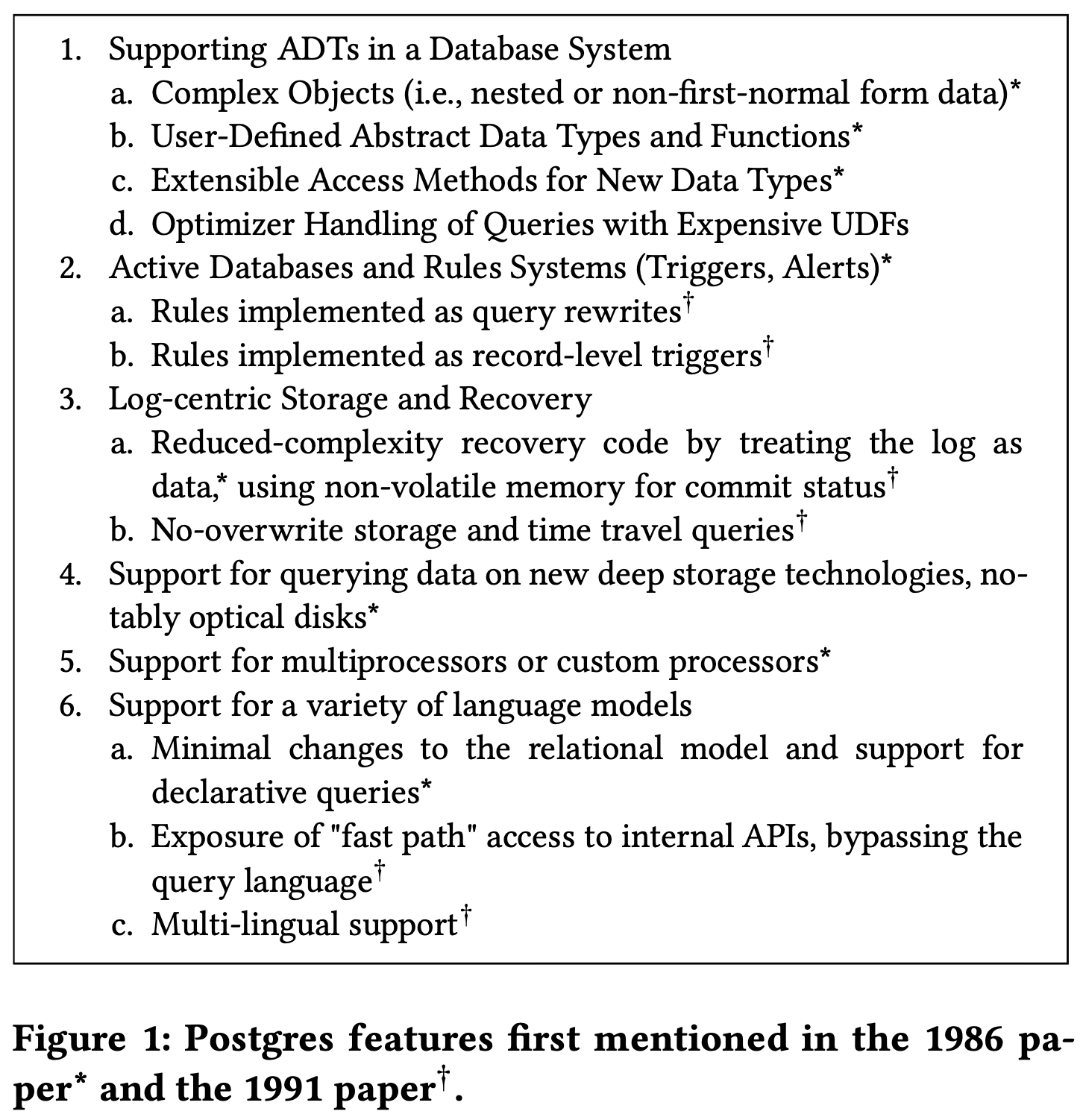Fault-Tolerant Replication with Pull-Based Consensus in MongoDB

This paper, from NSDI 2021, presents the design and implementation of strongly consistent replication in MongoDB using a consensus protocol derived from Raft. Raft provides fault-tolerant state-machine-replication (SMR) over asynchronous networks. Raft (like most SMR protocols) uses push-based replication. But MongoDB uses pull-based replication scheme, so when integrating/invigorating MongoDB's SMR with Raft, this caused challenges. The paper focuses on examining and solving these challenges, and explaining the resulting MongoSMR protocol (my term, not the paper's). The paper restricts itself to the strongest consistency level, linearizability, but it also talks about how serving weaker models interact/shape decisions made in MongoDB's replication protocol. The paper talks about extensions/optimizations of MongoDB SMR protocol, but I skip those for brevity. I also skip the evaluation section, and just focus on the core of the SMR protocol. Design Background Unlike conve...




